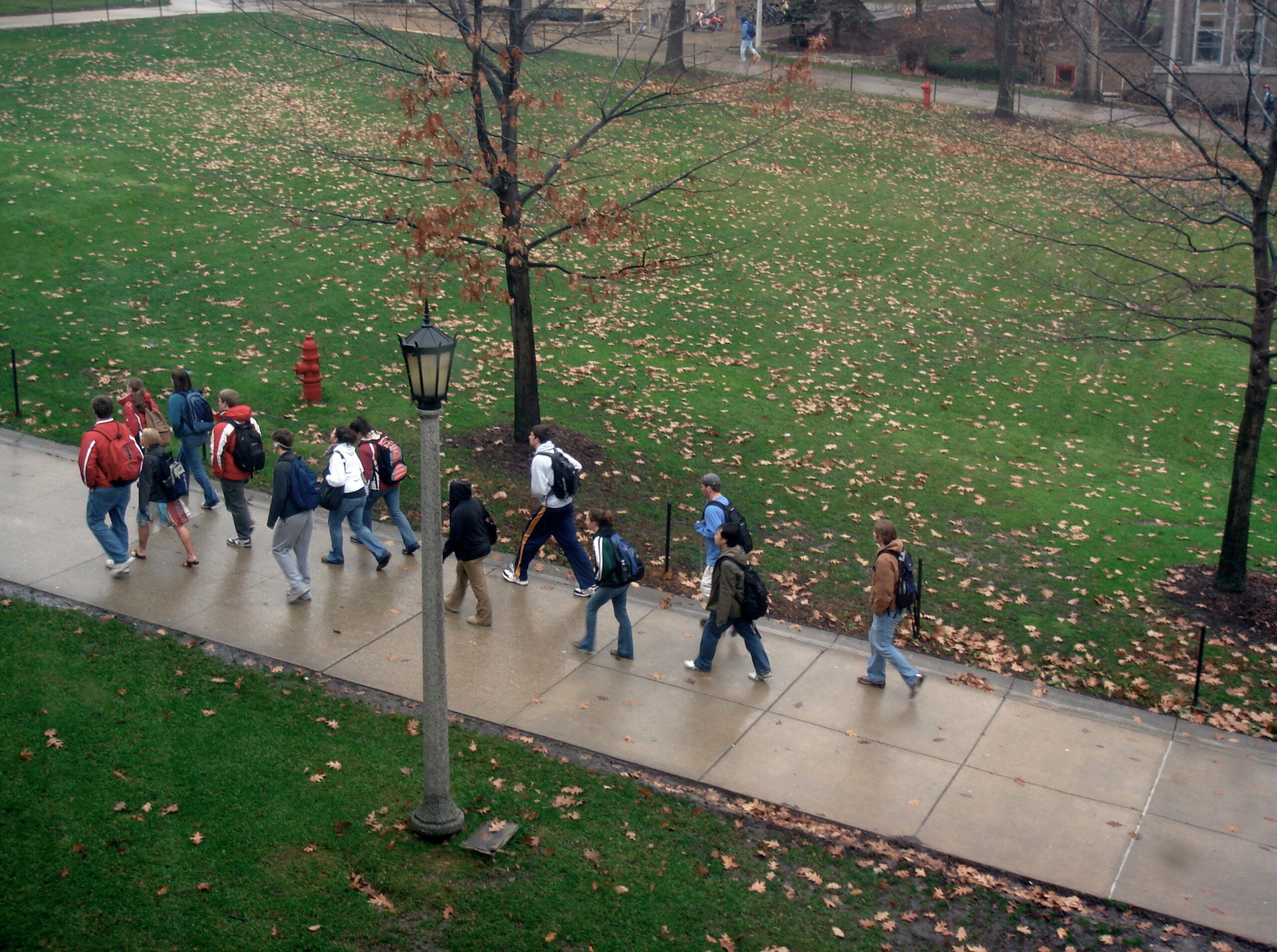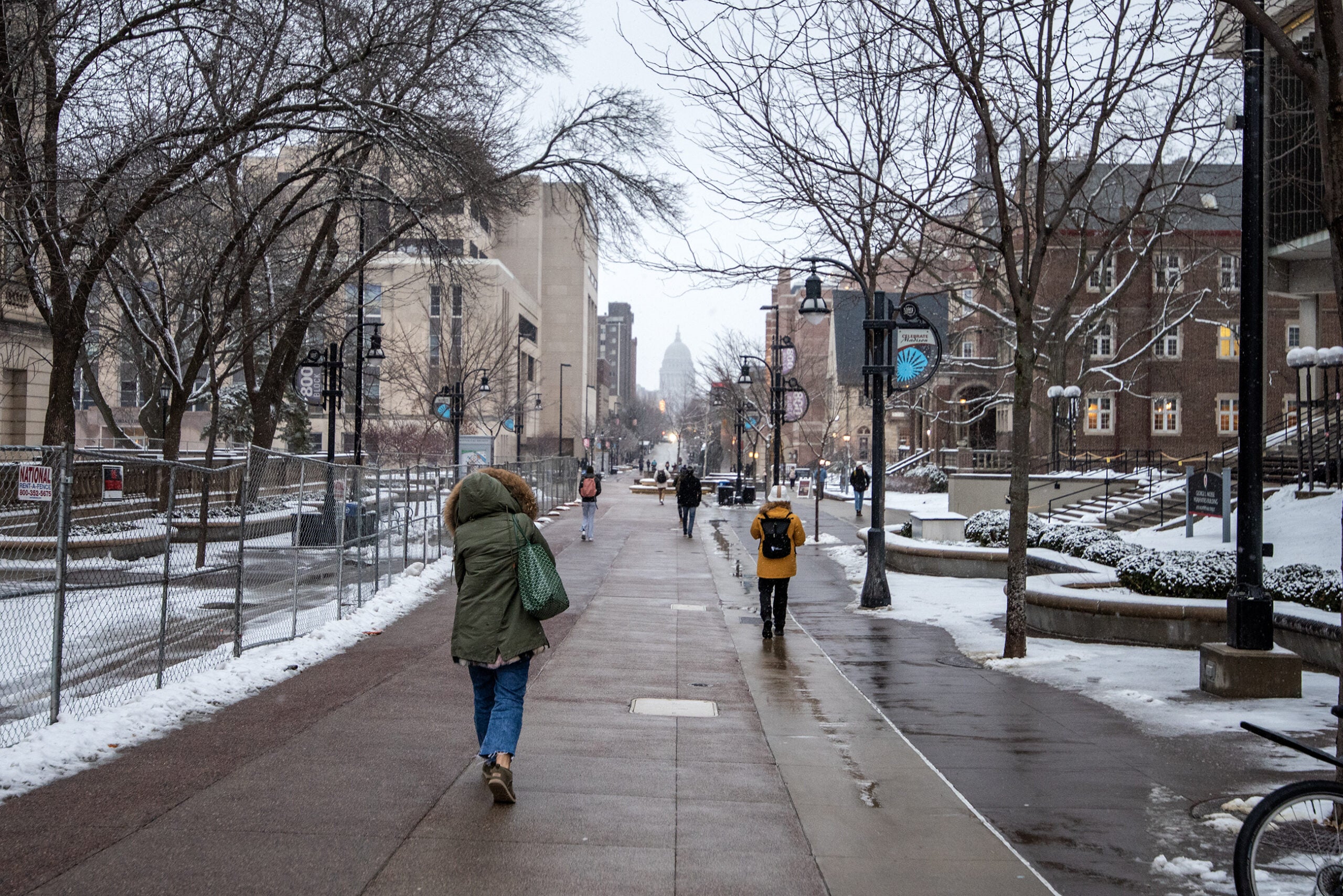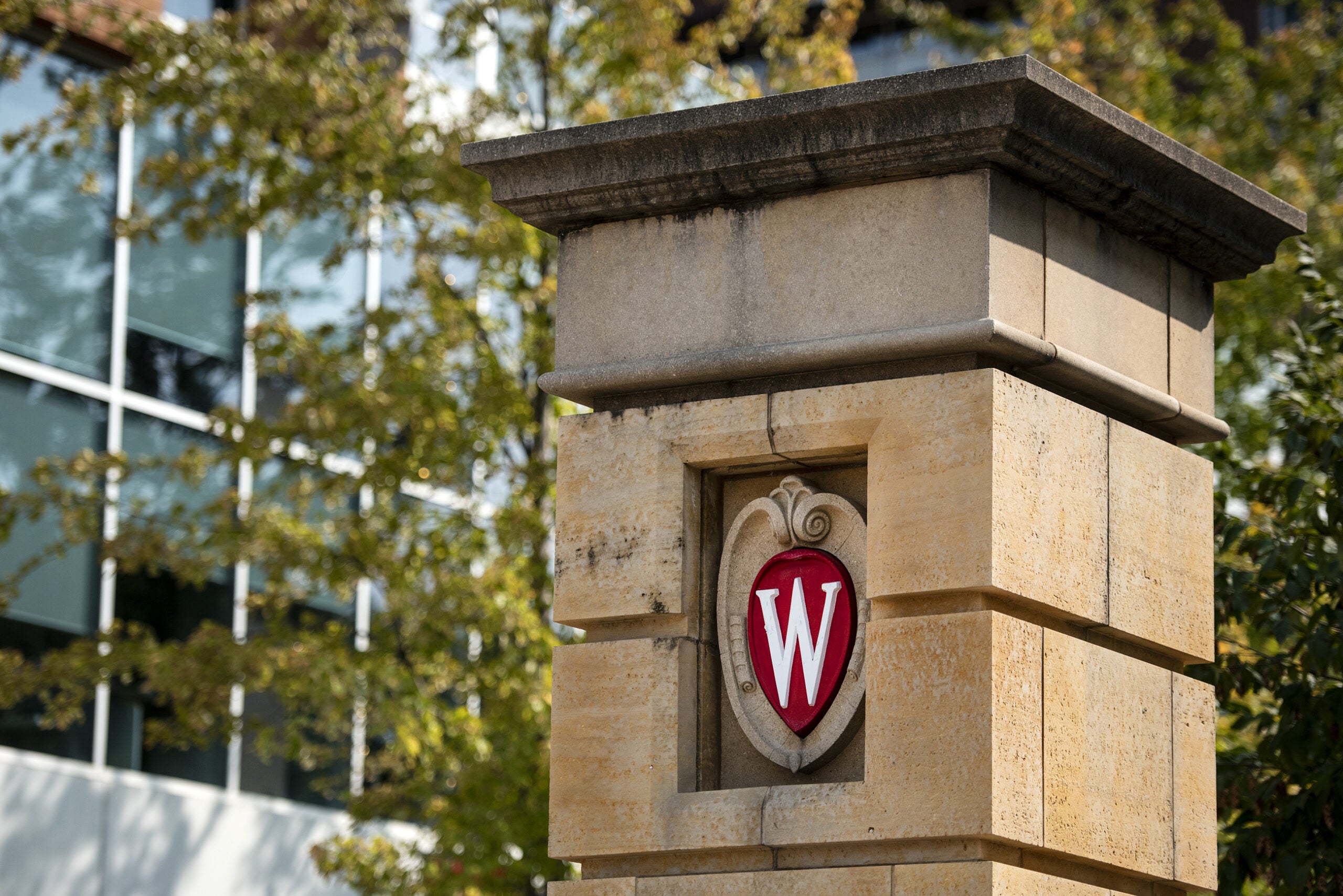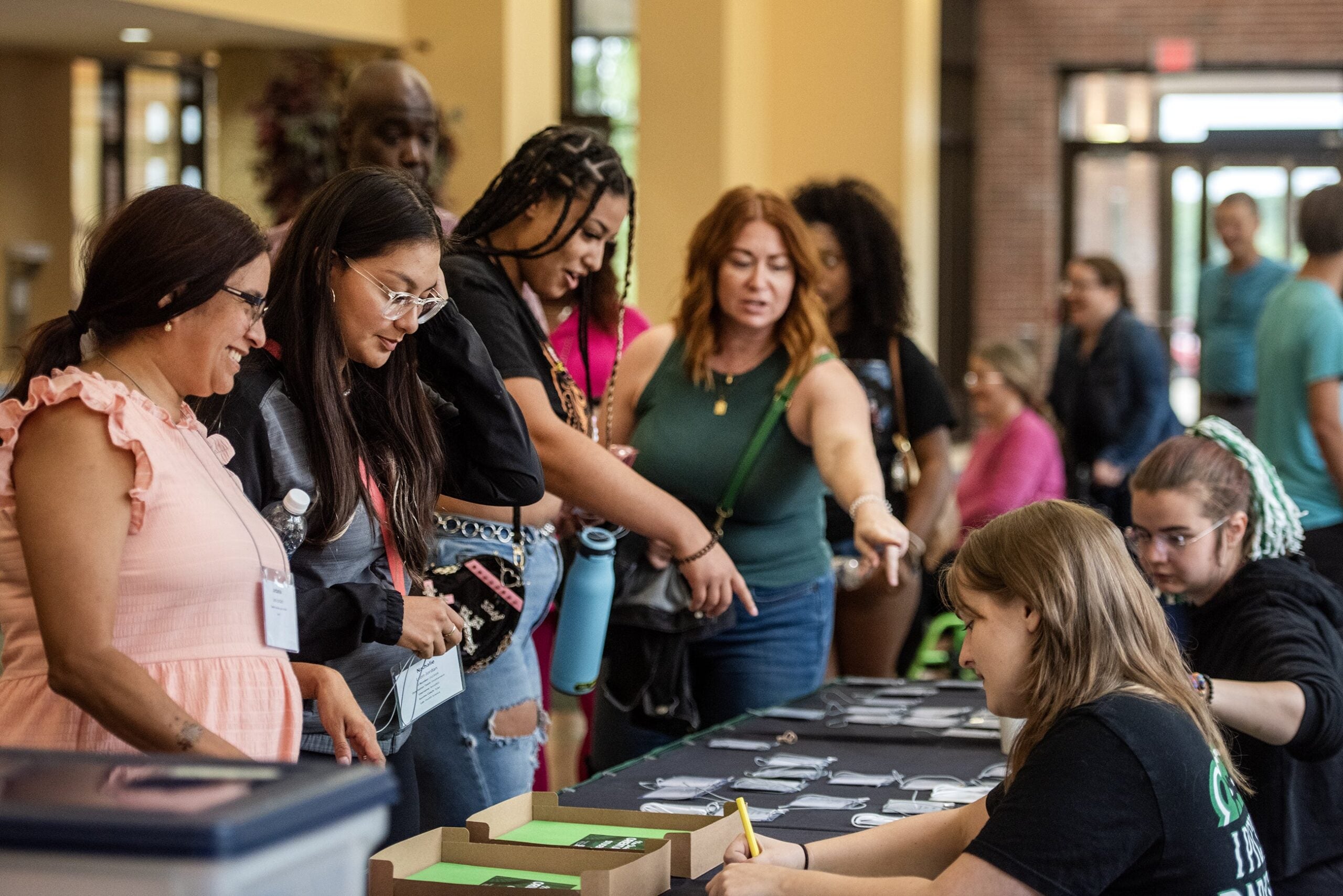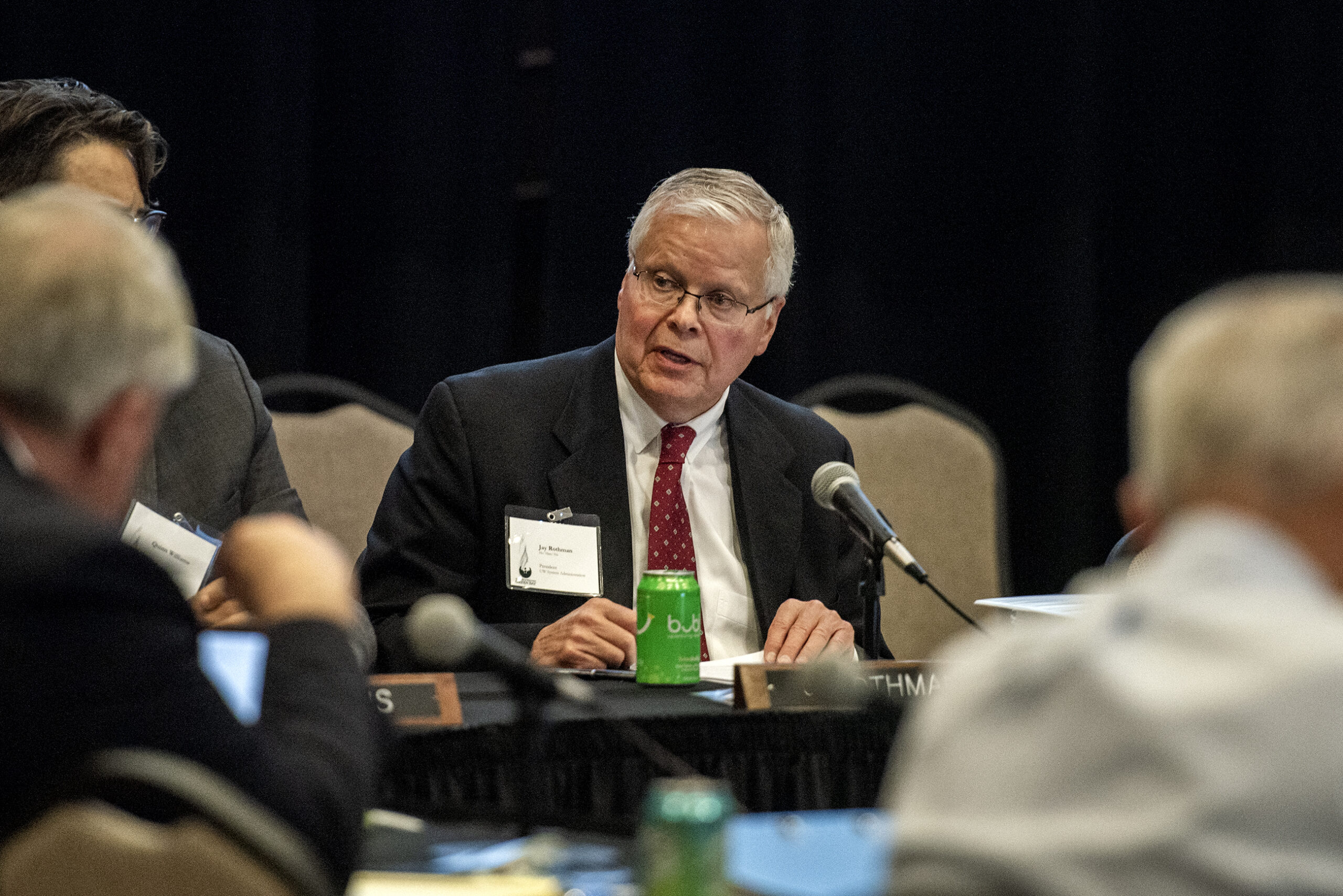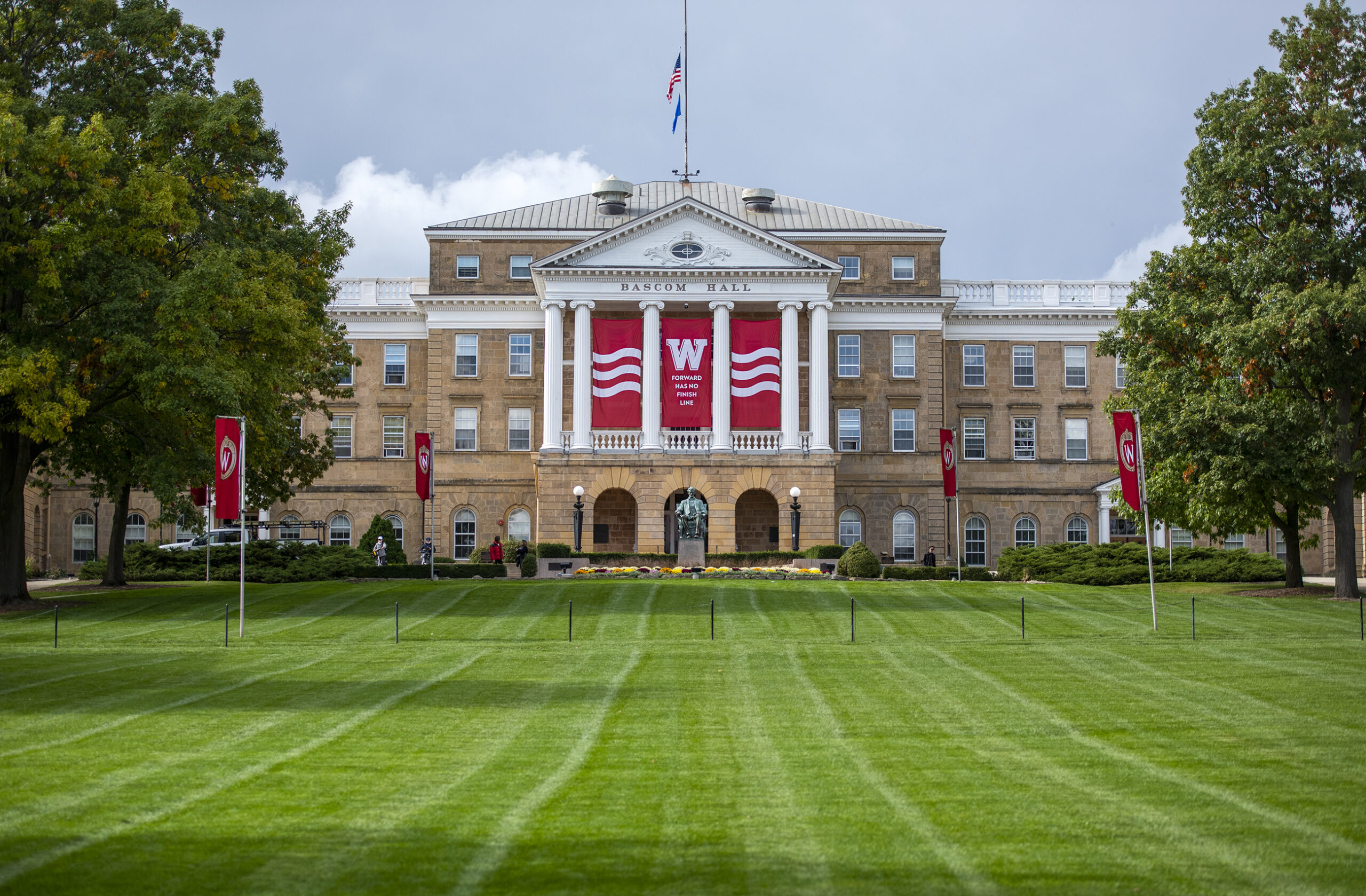Racial and socioeconomic gaps have grown at the University of Wisconsin-Madison over the last 15 years, according to a new report on disparities in access and graduation rates at Midwestern flagship universities.
The Institute for Higher Education Policy on Wednesday released an “Equity Snapshot” of admissions and graduation rates at six campuses including UW-Madison, the University of Minnesota, and the Ohio State University. By comparing the percentage of students of color in incoming freshman classes with statewide high school rates for students of color, the report found “persistent racial and socioeconomic inequities.”
The report on UW-Madison found the percentage of black students in freshman classes remained stagnant below 3 percent in the years 2001, 2007 and 2016, while the percentage graduating from Wisconsin high schools increased from 5 percent in 2001 to 8 percent in 2016. The report labels this a 6-point “access Gap.”
Stay informed on the latest news
Sign up for WPR’s email newsletter.
IHEP Vice President of Policy Research Mamie Voight said the report lists a 9-point gap for underrepresented minority students, a group which include blacks, Hispanics and American Indian/Alaska Native students.
“As a result of these changes in enrollments we see that gaps are actually growing between the high school graduating classes’ demographics and the demographics of the entering class at University of Wisconsin-Madison,” Voight said.
The report found gaps in graduation rates when comparing white students and students of color. While the report credited UW-Madison with making “impressive gains” by narrowing the graduation-rate gap over the last two decades, 10 percent fewer underrepresented minority students graduated in 2015 than white students.
“So, that’s a notable increase in graduation rates, and it’s helped to shrink the gap between students of color and white students but there is still a pretty persistent gap there,” said Voight.
UW-Madison spokeswoman Meredith McGlone said the university is “deeply committed to improving access and actively working with campus and community partners to develop strategies to attract more high-need students and an ever more diverse student body.”
Mcglone said the most recent graduation data shows a smaller gap between underrepresented students and their white counterparts.
“Our overall six-year graduation rate for all students is 87.3 percent and for minority students it’s 82.1 percent. So, we’re getting down to roughly a 5-percent gap. Of course, our goal is for there to be no gap,” McGlone said.
She also pointed out the federal data used by the IHEP doesn’t count a growing east Asian student population.
“That is our Cambodian, Hmong, Laotian, Vietnamese — that population they did not measure the services that we provide to those students,” said McGlone. “We consider those groups a pretty important part of underrepresented minorities in Wisconsin and obviously are doing a lot of things to reach out and serve them.”
IHEP’s report says current data are “insufficient to measure access and completion for these critical populations over time.”
Socioeconomic Gaps
The “Equity Snapshot” also compared the percentages students enrolled at UW-Madison who received Pell grant tuition subsidies compared with the percentages of all other Wisconsin state and private universities.
In the 2015-16 school year, 12 percent of students at UW-Madison fit that profile, while the rate was 30 percent at all other Wisconsin institutions. Voight said while that gap can be improved, UW-Madison has increased grant programs for students of low-income families.
“We note that UW-Madison does award more than three quarters of their institutional grant money based on need and that’s important,” said Voight. “That’s not something that we saw at every one of the institutions we looked.”
In February, UW-Madison Chancellor Rebecca Blank announced the creation of the Bucky’s Tuition Promise, which offers four years’ worth of tuition and segregated fees for families with an adjusted gross income less than $56,000.
UW-Madison spokeswoman McGlone said that and a similar grant program called the Badger Promise are improving access.
“We are optimistic about the progress that we’ve made, particularly with our graduation rates for Pell students and traditionally underrepresented students,” said McGlone. “But we do acknowledge that more can be done and more should be done.”
The IHEP report suggests Wisconsin’s flagship university could improve access more by also ending admissions practices that place preference on students whose parents are alumni and who show demonstrated interest because they disadvantage students whose families may not be familiar with the admissions process or may not be able to afford college visits. McGlone said while demonstrated interest and legacy preference are considered, they are small parts of the admissions process.
Wisconsin Public Radio, © Copyright 2024, Board of Regents of the University of Wisconsin System and Wisconsin Educational Communications Board.

